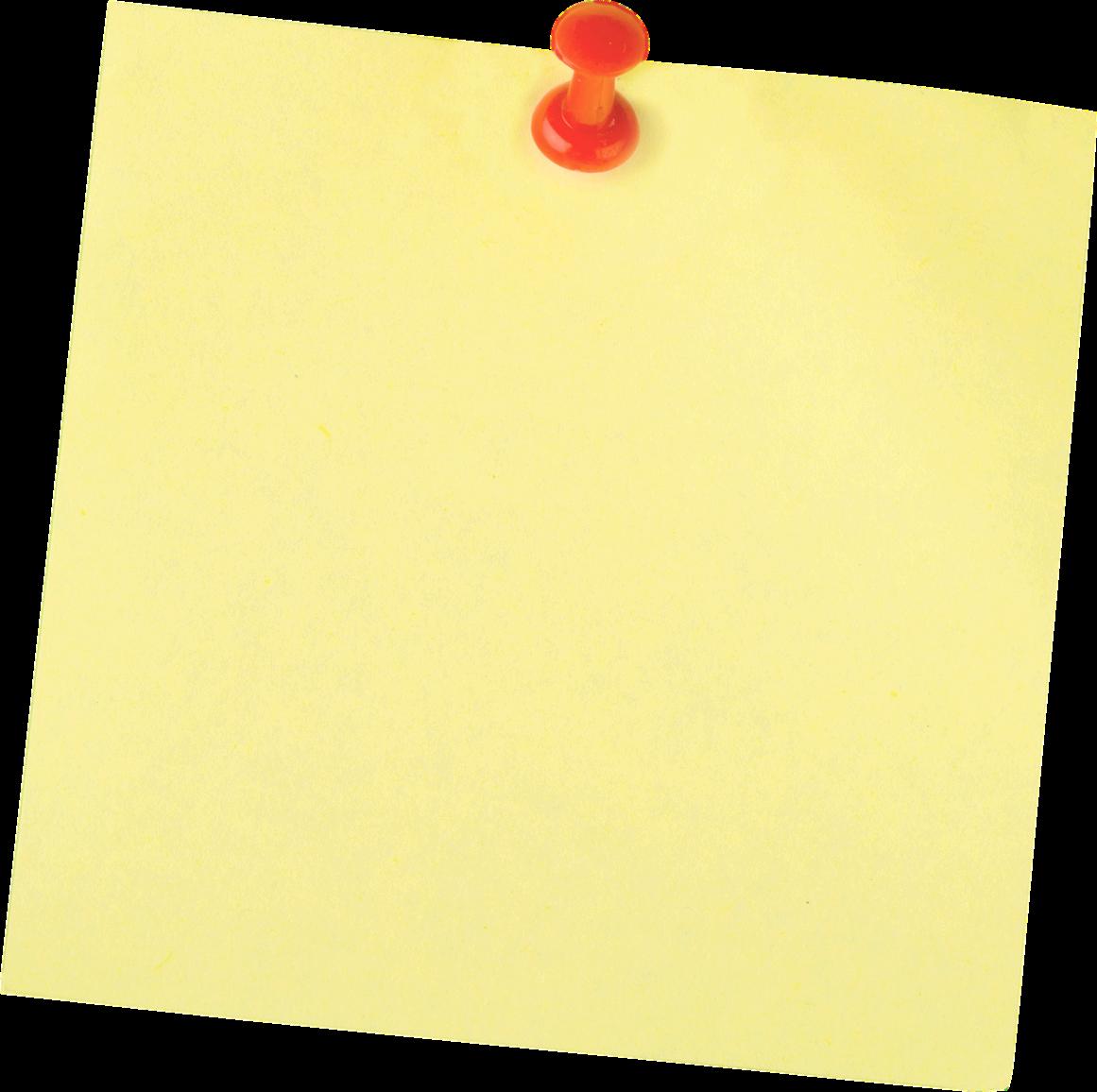
1 minute read
The Age of Anger con`t
Box Breathing: This simple technique helps calm the nervous system and shift your focus away from angerinducingthoughts.
Slowlyexhalealltheairfromyourlungs. 1. Gentlyinhalethroughyournosetoaslowcountoffour. 2. Holdyourbreathforacountoffour. 3. Exhalethroughyourmouthforacountoffour. 4. Hold your breath again for a count of four before inhaling again. Repeat this cycle until you feel your body begintorelax.
5. The 5-4-3-2-1 Technique helps you detach from emotional pain and intense feelings by focusing on your immediate environment.Practiceitbymentallyorverballyidentifying:
Fivethingsyoucansee.
1. Fourthingsyoucantouch. 2. Threethingsyoucanhear.
3. Twothingsyoucansmell.
4. Onethingyoucantaste.
5.

Both techniques are effective because they redirect your attention away from anger triggers. Concentrating on your breathing or your senses engages different parts of the brain, which helps reduce the intensity of your anger and makes it more manageable. These practical tools can be usedanytimeandanywheretohelpyouregaincontroloveryouremotions.

Long-TermStrategies:AngerJournaling
Anger journaling is a powerful technique that can fundamentally reshape your relationship with anger, fostering greater self-awareness and emotional control. This practice helps facilitateconsistentreflectionandcanhelpmanageintenseemotions.
Below, you'll find three distinct categories of anger journaling, each equipped with specific prompts designed to guide your exploration. While engaging with all these prompts is beneficial, choosing only one prompt daily and rotating through the list can still yield substantialbenefits.
ExpressionandIdentification 1.
Freely Express Anger: Write down all your negative thoughts, feelings, and impulses as they arise without filtering or judging them. For example, if you're upset about a work situation, describe precisely what happened and how it made you feel, using directandhonestlanguage.
Explore the Trigger: Identify and describe the specific incident or interaction that triggered your anger. Begin this section with the prompt, "I'm angry because..." and let your narrative detailyourcircumstancesandreactions.










